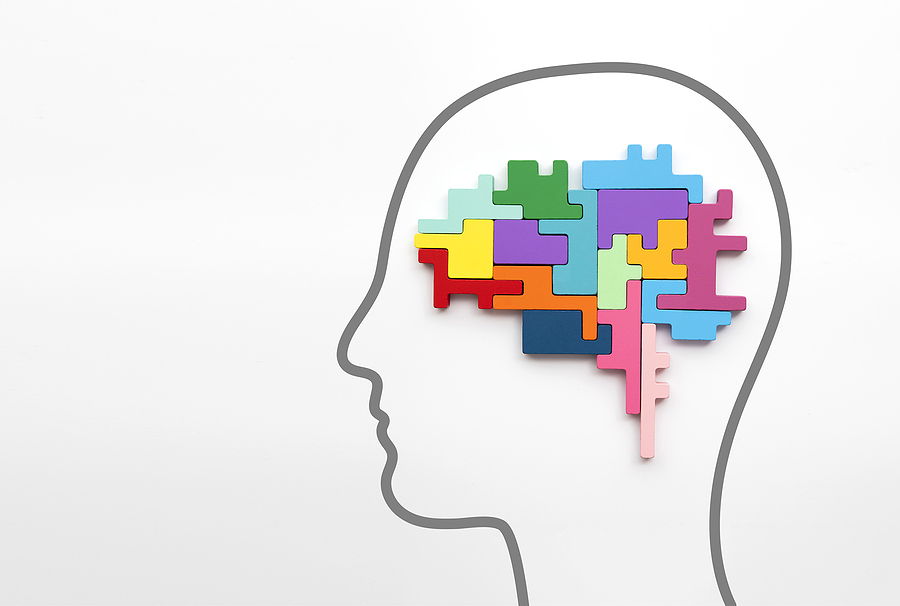Compensation can help you with the damages from a brain injury
If you are among the 1.5 million Americans who suffer a traumatic brain injury (TBI) this year, the injury could quickly turn your finances, career, and personal life upside down. It may be easy to add up your medical costs. However, many of the personal losses and inconveniences you’ll deal with won’t come with a specific dollar amount. Learning about the factors that will affect your case can give you a clearer idea of how much compensation you can receive for your traumatic brain injury.

Whether your TBI was caused by a slip and fall or motor vehicle accident, you may be eligible for compensation for your damages.
Statute of Limitation for Brain Injury Cases
Generally, Minnesotans have two years from the date of the injury-causing incident to lodge a claim. There are some exceptions to the timeframe. For example, if an injured person is a minor at the time of the accident, that party’s two-year period begins at age 18.
Having two years is helpful because the consequences of a brain injury can appear mild and become more noticeable and impactful as they worsen over time. However, it is important to take action as soon as you possibly can after an accident, even if your suffering seems minimal. It can help to show that your brain injury happened because of the accident rather than another incident.
Liability and Comparative Fault
Since Minnesota is a comparative fault state, it’s possible for you as a plaintiff to share a portion of fault with the defendant if your actions contributed to the accident. For instance, you may be determined to be 50% responsible for your brain injury. If the total damages are $50,000, you can still collect $25,000 from the other party. However, your percentage of fault has to be less than that of the other party. Otherwise, you cannot collect damages from that person or entity, and their insurance company.
Assessing a Brain Injury Case
Medical records are an important component when it comes to assessing a brain injury case. They can show changes in a patient’s health. For example, imaging results from the day of the accident may be compared with subsequent scans to demonstrate cognitive declines.
The people in your life could also be instrumental in showing how a brain injury has changed your life. Those who have spent a considerable amount of time around you at work, at home, and in social settings can describe and explain changes they may have observed in your behavior and your abilities. This can help to show the extent of the damages.
Recovering Damages from your Brain Injury
Not all of the problems that arise from a brain injury are financial. However, money is one of the few ways the law can support plaintiffs, so it is the remedy for both economic and non-economic damages.
Economic Damages
The CDC estimates the lifetime cost of a traumatic brain injury to be $76.5 billion, but your economic damages certainly don’t have to go into the billions to have a big impact on your finances. Luckily, you can collect for a wide range of costs that you incur because of your brain injury. These include medical expenses and lost income. Your attorney will calculate your projected costs as well, such as the future medical care you’ll need and a reduced earning potential in your career.
Replacement services are another type of economic damage that often come with head injuries. When you’re injured, you may have to pay for services that you’d normally do yourself. For example, childcare and transportation. You can include these expenses in your claim as well.
Non-Economic Damages
As an injury victim, you’re also entitled to non-economic damages for your brain injury. Mental anguish is a common example of a non-economic damage associated with brain injuries. Sufferers may develop post traumatic stress disorder (PTSD), causing them to relive the day of the accident. Likewise, neurological damage can take accident victims on an emotional rollercoaster. Non-economic damages cannot simply be proven with an invoice or receipt. Therefore, your attorney will help you to document and quantify these damages.
Pain and Suffering from Brain Injury
An estimated 40% of those who develop TBIs also develop PCS, post concussion syndrome. PCS comes with a host of unpleasant and painful conditions, including headaches, dizziness, trouble sleeping, anxiety, and memory issues. For some, these conditions may last for a matter of weeks. However, brain injury patients can unfortunately live with them for the rest of their lives.
Seizure disorders, processing disorders, and nerve damage are just a few of the other chronic, serious conditions that can make it difficult, or even impossible, to move forward with the same quality of life you once enjoyed. Since the extent of pain and suffering can vary greatly from one brain injury to another, the amount an injury victim can collect also varies. As a general rule, the more severe and long-lasting your ailments are, the more your lawyer can help you secure.
Contact an Experienced Attorney
If you’ve been injured in an accident of any kind, reach out to the dedicated attorneys of Sand Law LLC. Our legal team has immeasurable experience with brain injury cases and a proven process for winning your case. We won’t rest until we’ve secured maximum compensation for your injuries. For more information and a free initial consultation, contact us online or by phone at 651-291-7263.

